Conductors & Materials
Monitoring Underground Lines with SCADA
Digital Twins for Substations: Bridging the Physical and Digital Worlds
Conductors & Materials

Aging Cable Infrastructure
The 2014 Annual Energy Outlook Report compiled by the U.S. Energy Information Administration (EIA) forecasts that total electricity demand will grow by 29 percent (0.9 percent per year) by 2040. While growth has slowed in every decade since the 1950s, due in part to efficiency gains in appliance standards and investment in energy efficient equipment, a need exists to increase capacity while maintaining the current infrastructure to meet this future demand.
Transmission and distribution...
Related Articles

Digital Twins for Substations: Bridging the Physical and Digital Worlds
In the rapidly evolving landscape of power grid management, digital twin technology is emerging as a game-changer for substations. By creating virtual replicas of physical assets, digital twins bridge the gap between the physical and digital worlds, enabling enhanced operational efficiency and...

Improve Energy Efficiency in Underground Systems
Making appropriate cable component design and material choices BY DENNIS DOSS, General Cable ore than ever, society is realizing that energy resources are dwindling and becoming more expensive. In response, North American electric utilities offer consumers a variety of incentives to deploy energy...

High-Capacity, Energy-Efficient ACCC® Conductor Case Study
This project won EEI Transmission Project of the Year – 2016 Description: 240 circuit miles, 345 kV line, double bundleProject: Replace 1,440 miles of ACSR conductor with ACCC Objectives Improve reliability (reduced sag and corrosion) Increased capacity to serve growth (2X...
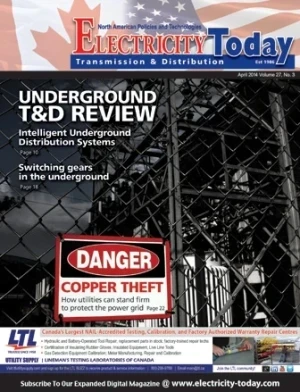
Copper Theft: A Call to Action
How utilities can stand firm to save money and save lives BY PHILL FELTHAM, Executive EditorElectricity Today Magazine Copper theft has become a growing problem for utilities in Canada and the United States. This precious metal has increased in value in recent years, so thieves are stripping...
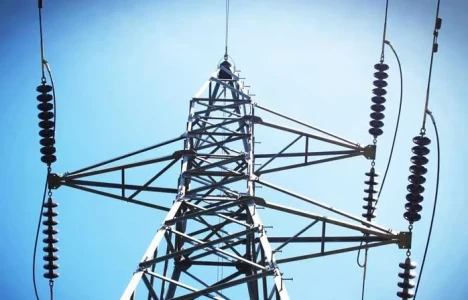
FERC Complaint Targets Duke, PJM Transmission Planning
A coalition of large energy consumers and ratepayer advocates has filed a complaint with the Federal Energy Regulatory Commission (FERC), urging the agency to prohibit transmission owners from independently planning "local" transmission projects exceeding 100 kilovolts (kV). The coalition argues...

Digital Twins for Substations: Bridging the Physical and Digital Worlds
In the rapidly evolving landscape of power grid management, digital twin technology is emerging as a game-changer for substations. By creating virtual replicas of physical assets, digital twins bridge the gap between the physical and digital worlds, enabling enhanced operational efficiency and...
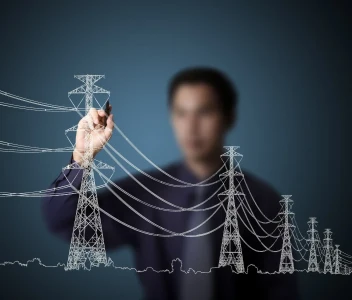
FirstEnergy Explores Alternatives to PJM Capacity Market
In a strategic move aimed at enhancing its power supply reliability, FirstEnergy is actively exploring alternatives to the PJM capacity market. This development reflects the company’s proactive approach to addressing challenges within the existing market structure and ensuring a more robust...
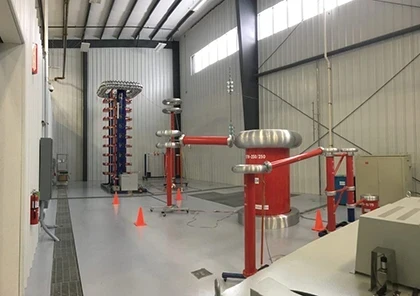
Insulators' ageing in North America - How about testing them?
Sediver has established in the USA an assembly factory for glass insulators in 2017 but also, and perhaps more interesting for some engineers, a laboratory capable of performing all the tests required by the world’s standards. Large test campaigns have already been conducted in this...
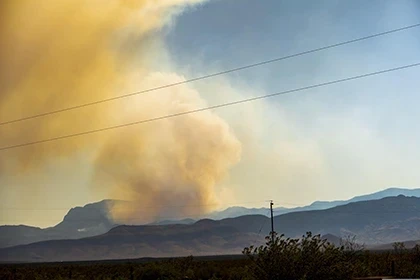
Facing Wildfire? Choose Toughened Glass Insulators
Insulators under fire, what are we talking about? A line directly in the fire is considered as lost A line near the heat of a fire can be saved What is the condition of insulators on a line nearby a fire? Reliability of insulators during or after a fire is a key consideration for T&D...
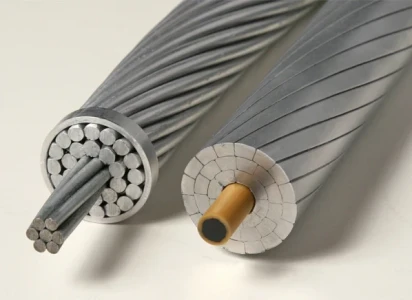
The Evolution / Revolution of Overhead Conductors... and why it matters
Brief Background: In the early 1900’s Aluminum Conductor Steel Reinforced (ACSR) conductor was developed to replace copper wires, due to the war effort when copper was needed for munitions. In the 1970’s growing demand for electricity inspired the development of higher capacity...
